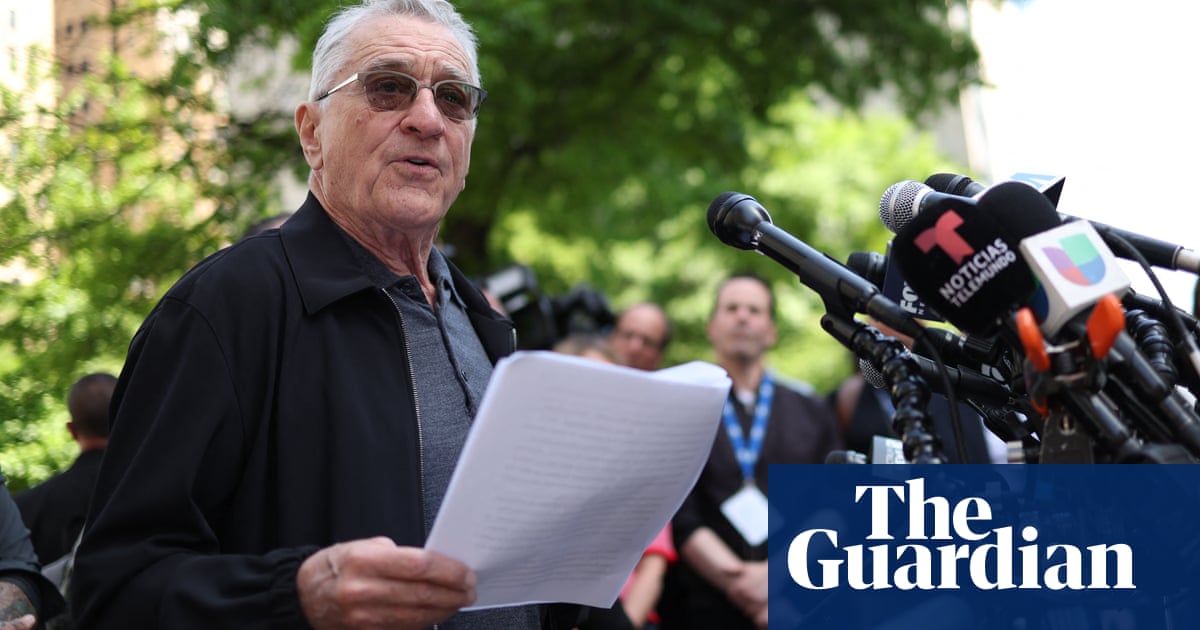Jerry Seinfeld misses âdominant masculinityâ
There are few things certain in life except death, taxes and the knowledge that every single goddamn day you can look at the news and find a rich man complaining about how feminism and wokeness have ruined the world.
Todayâs edition of Bigotry Is Acceptable Again comes via Jerry Seinfeld, who appears to be on a mission to make sure people donât associate him with a much-loved sitcom from the 1990s but with being a boring reactionary obsessed with shaking his fist at progress.
Seinfeldâs lurch to the right hasnât come out of nowhere: the billionaire comedian was never exactly woke. He famously dated a 17-year-old high school student when he was 38 and definitely not a high school student. Several years ago, he also took his family to a so-called Anti-terror Fantasy Camp in an illegal Israeli settlement in the West Bank accused of âgamifyingâ apartheid, where they could shoot guns and pretend to be soldiers.
But while Seinfeld has never been a bleeding-heart liberal, it feels like heâs never been quite so vocally anti-progressive as he is now. Ever since 7 October, Seinfeld has advocated loudly for Israelâs collective punishment of Palestinians, demonized pro-Palestinian protesters, and joked about suffering children in Gaza. âSave the children of Gaza,â he said in a mocking voice after getting heckled by pro-Palestinian protesters at a show. Along with cheerleading what the United Nations human rights council has described as genocidal violence, he has also apparently decided that a great tactic for publicizing his much-panned movie about Pop-Tarts is by complaining about the left.
In April, for example, Seinfeld told the New Yorkerâs Radio Hour that comedy was dying because of the âresult of the extreme left and PC crap and people worrying so much about offending other peopleâ. (Really hilarious comedy, my friends, is joking about dead Palestinian children.)
Then this week, Seinfeld decided to get nostalgic about âreal menâ on the conservative agitator Bari Weissâs podcast. âI miss a dominant masculinity,â Seinfeld said. âYeah, I get the toxic thing ⦠But still, I like a real man.â The pair also talked about Israel and managed to display so little regard for the suffering in Gaza that an Israeli journalist wrote a disgusted column about it.
âThe amount of empathy it would have taken for Bari Weiss and Seinfeld to stop and think that perhaps âthe mob,â as they referred to the pro-Palestinian movement ⦠is also in pain is so miniscule, I am still astounded neither of them could muster it up,â Rachel Fink wrote in the Israeli paper Haaretz.
Oh, thereâs more. Weiss and Seinfeld both got weirdly nostalgic about the 60s. âObviously there were problems. [The] civil rights movement had yet to start, like a zillion. But the thing that was present that I feel like isnât now is a sense of, like ⦠a common culture,â Weiss said. Seinfeld agreed, saying the best thing about that era, which is when his Pop-Tarts movie was based, was âan agreed-upon hierarchyâ.
Iâm not sure hierarchies are ever âagreed-uponâ â I rather think theyâre imposed. Do Weiss and Seinfeld realize what it sounds like when they reminisce about an era before the civil rights movement when there was an accepted âhierarchyâ; when Black people and gay people and women, they seem to be saying, all knew their place?
The answer to that question is probably: âYes, and they donât care.â Bigotry seems to be perfectly acceptable now and not something that impedes anyoneâs career. A few weeks ago, the NFL player Harrison Butker gave a massively misogynist and homophobic speech at a Catholic college in Kansas, for example. Heâs since doubled down on it, saying he doesnât regret his remarks. Possibly inspired by Butker, the Jaws actor Richard Dreyfuss also recently made a number of sexist and transphobic comments at a Q&A. Meanwhile, the Minnesota Republican party has just endorsed the conspiracy theorist candidate Royce White, who has complained that âwomen have become too mouthyâ.
Then, of course, thereâs the convicted felon Donald Trump, who has said far too many bigoted things to list. It didnât stop people voting from him in the past, and it hasnât stopped megadonors from throwing cash at him now. Amazingly, even a guilty verdict might not stop Trump from becoming president again. Seinfeld and Weiss might get those old-fashioned âhierarchiesâ they love so much reinstated very soon.
Texas Republicans open to death penalty for abortion providers
As the feminist writer Jessica Valenti, who first drew attention to this new proposal, has noted, âextremists who would see women given the death penalty are dictating Texas Republicansâ abortion policyâ. And itâs not just Texas: once-fringe abortion views are now entering the mainstream. âThere are more legislators who are willing to hear these [extreme] bills or take them seriously,â the law professor Mary Ziegler recently told NBC News.
Indian airline gives female travelers option to choose seats next to other women
Itâs a shame we have to resort to gender segregation instead of, you know, making it socially unacceptable for men to harass women on planes. Still, this feels like a smart move by low-cost carrier IndiGo. Which, by the way, isnât the first company to trial this idea. In 2017, after a number of in-flight groping incidents, Air India instated a female-only row of seats on its domestic flights.
A Ukrainian cheerleading squad for women over 50 is going strong
Theyâre called the Nice Ladies and a documentary with the same name recently made its international premiere.
after newsletter promotion
New York hospital fires nurse after her speech calling Gaza war a âgenocideâ
Hesen Jabr, who is Palestinian American, made the remarks while accepting an award for providing excellent care to patients suffering perinatal loss. As the artist Nan Goldin recently said in a Guardian interview: âThese are chilling McCarthyist times.â
Two more US officials resign over Biden administrationâs position on Gaza war
Alexander Smith, a contractor for the US Agency for International Development (USAid), said he was given a choice between resignation and dismissal after preparing a presentation on maternal and child mortality among Palestinians, which was cancelled at the last minute by USAid. (Just read that sentence again, will you, and really take it in.)
A growing number of Swifties are calling on Taylor Swift to break her silence on Gaza
Pretty sure Swifties will be waiting a looooong time. Taylor Swift doesnât get political unless she knows itâll help her brand and we all know that speaking out about Gaza doesnât exactly do that: it makes you a target. Indeed, an Israeli rap duo recently called for the deaths of Dua Lipa, Bella Hadid and Mia Khalifa (who have all spoken out about Gaza) in a chart-topping anthem.
Girls in the US are getting their first periods earlier
A new study has found this to be a trend across all demographics, but itâs a lot more pronounced among girls from racial and ethnic minorities and those from lower incomes. This isnât great: an earlier age of first menstruation is linked to a number of adverse health issues. Getting your first period before the age of 12, for example, is linked to an increase in breast cancer risk.
Female climbers increasingly reporting sexual harassment in the sport
You can scale a remote mountain and you still canât escape sexual harassment.
The week in pawtriarchy
Politics may be grim, but itâs been a very good year for penguins. A zoo in England has just welcomed 11 Humboldt chicks: the highest number in a decade. Humboldt penguins are vulnerable to extinction so this news is brrrr-illiant.









